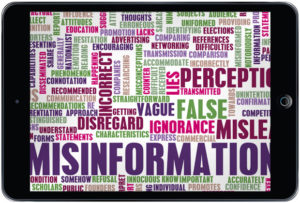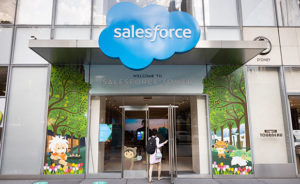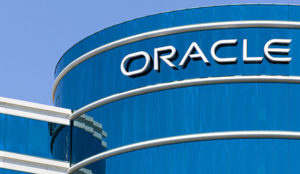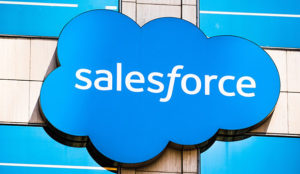Franchising is a tried-and-true business model with numerous permutations that benefit all participating parties.
For the vendor it’s a great model for expanding without all of the downside risk associated with building a business, like finding all the financing and hiring people. The franchisor generally sells licenses to willing partners who agree to uphold the standards of the brand. The franchisees get a running business model, expertise and financing without the hassle and anguish of being a pure startup.
Generally, the franchisor establishes a new tier in the business serving the franchisees as its customers rather than going direct to primary customers. Customers become the concern of the franchisees with some supervision from the franchisor.
The franchisors make money selling licenses and supplies to their networks of partners. The best example might be McDonald’s. In addition to selling supplies, branding and licenses, it also does a good business in real estate.
The AppExchange Innovation
Recently, as I see it, newer models of the franchise model have sprouted. For instance, I’d classify ber as a newfangled franchisor. Its partners don’t work for the company, at least as far as the company is concerned, and ber makes most of its money taking a cut of every ride it arranges through its technology platform. ber is at least a technology partner serving franchisees.
The tech industry has had its share of companies trying to emulate the franchise model, and most of them have had good but limited runs, often failing. The tech model supported reseller networks, and for a long time the software needed to support that model just wasn’t there.
Add to this the boom-and-bust nature of many tech firms as their innovations commoditize, and their inability to bring new innovations to market fast enough, and you see what happens.
Salesforce has bucked the trend and is consolidating a position through its AppExchange to be the leading franchisor of business software. It has taken 20 years to get here though.
The company pioneered Software as a Service, which matured into cloud computing, and it has revealed its inner workings in increments to enable its partners to gain access to its core development technologies.
At first this meant giving developers tools for creating new applications that leveraged their creators’ domain expertise. Quickly, it also came to mean providing the ability to link those third-party apps to the main Salesforce system so that everything ran as a single entity.
The greatest innovation was the AppExchange. It put Salesforce and its partners on an equal footing when selling solutions while Salesforce provided the core platform, enabling it to offload innovation at the application level to its partners.
That was a risky proposition given the history, but the size and robustness of the partner community ensured a steady supply of application-level innovation and customer-centricity.
Protecting the Brand
Salesforce updated its AppExchange Partner Program this week, publishing a new summary document and program inclusions. From this it’s pretty clear, if it wasn’t already, that Salesforce increasingly sees itself as a platform enabling thousands of developers to sell its underlying technology in support of their domain-specific apps.
Of course, it also sees itself as a tools provider for enterprises wanting to develop their own unique apps.
What’s most intriguing to me is that the revised program mimics the best programs you might see in fast food, where a franchisee might be evaluated on raw income and profitability, but also on things like staff knowledge and friendliness, cleanliness of the establishment, and more.
It’s a way for the franchisor to maintain some control over how the brand is presented to the customer, because unhappy customers will bring down a brand and all of its secondary businesses, like licensing and real estate management.
In the Salesforce program, partners are evaluated quarterly in three areas with six metrics:
- Customer Success, including attrition rate and average app rating (from the AppExchange);
- Innovation, including technology adoption and Trailhead badges; and
- Engagement, including ACV growth and total revenue.
The whole rating is worth a maximum of 1,000 points and partners who participate in Pledge 1 Percent, the philanthropy part of Salesforce, can earn 25 bonus points.
Importantly, the ratings help to assign partners to discount tiers that determine their profitability. The better-performing partners and those best able to conform to the parameters should make the most money.
Salesforce is adding a lot of skin to this game by giving partners access to experts and testing technologies, as well as frequent briefings on how the technology and program evolve. All told, it seems that Salesforce is doing everything it can to emulate the best franchise programs and to do it for the long run.
This is very different from the way we see almost any other enterprise software company run. For many, selling Infrastructure as a Service is about as far as it goes. However, selling infrastructure, while good and important, doesn’t do much to share the burden of becoming successful. It’s more a B2B strategy than a B2C one.
So far — it’s only been 20 years — Salesforce has put a lot into appealing to both the B2B and B2C markets as well as the SMB and enterprise spaces. That’s a lot of balls to keep in the air. If you want to understand why this company is so successful, you just need to look at how it reaches out to so many different constituents.
























































